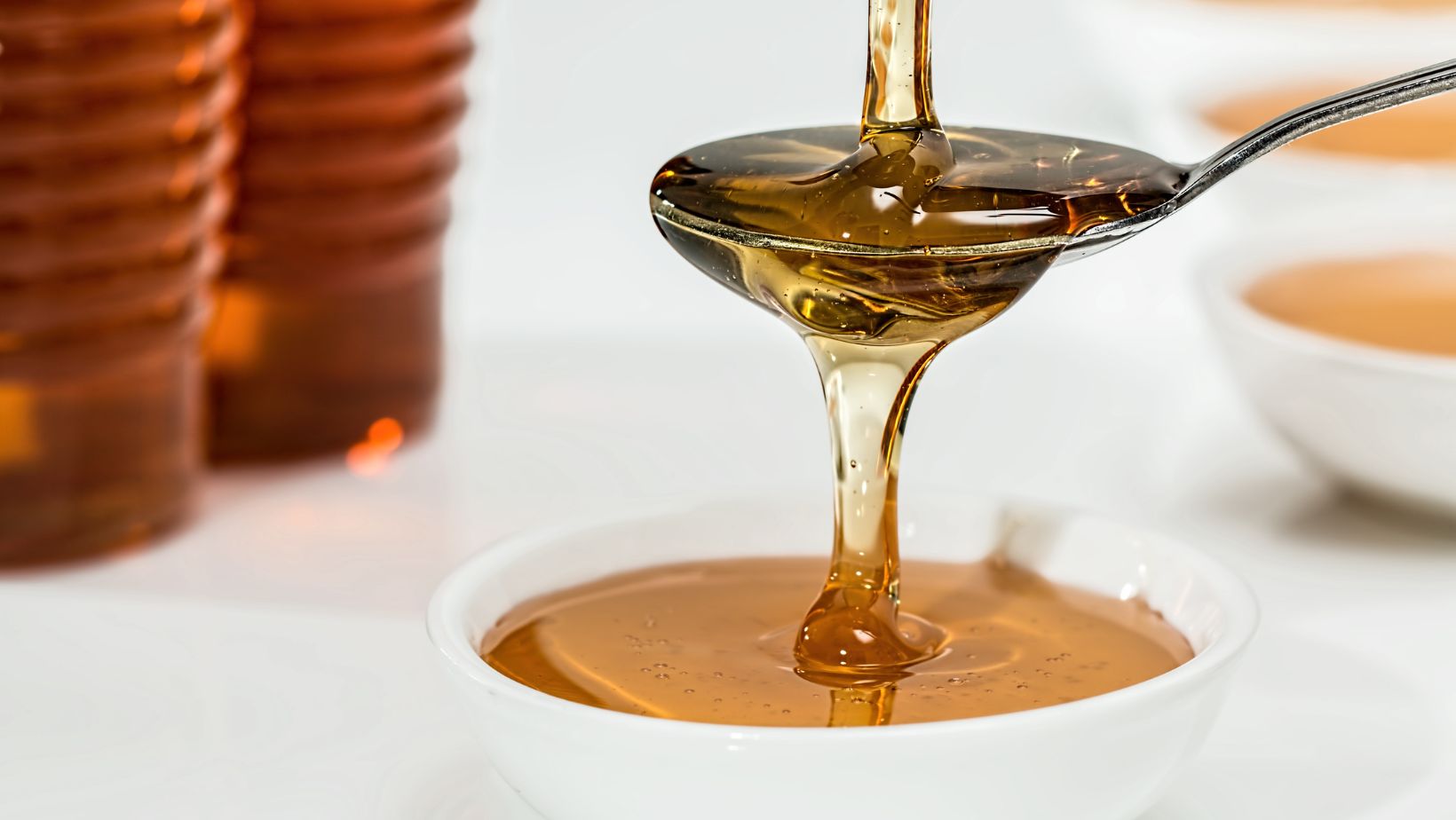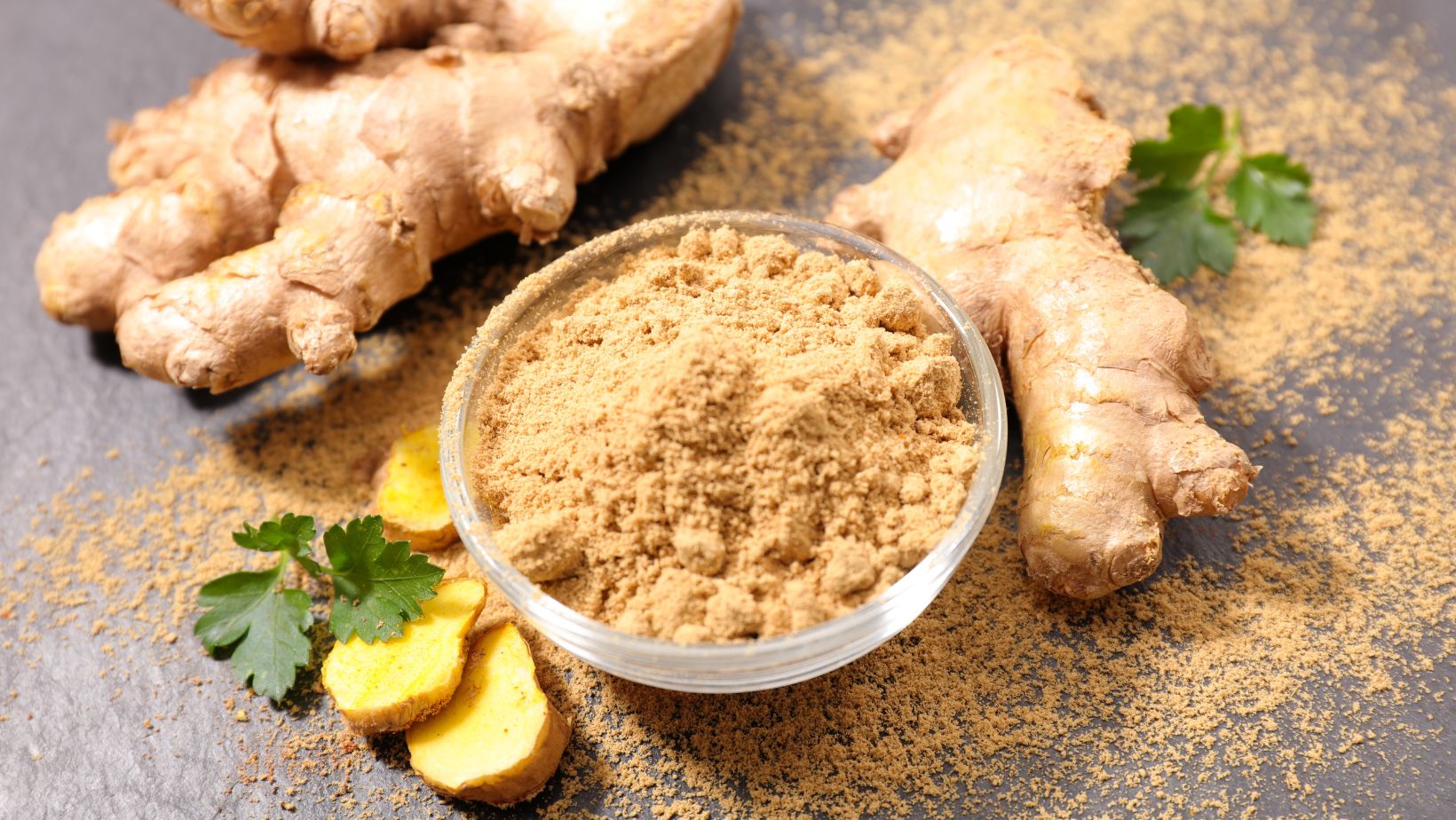Unlocking the Health Benefits of Himalayan Superfoods

The Himalayan region, which is home to some of the most breathtaking landscapes in the world, is also a treasure trove of superfoods that the local populations have cherished for centuries. In this article, we’ll delve into the health benefits of three exceptional Himalayan superfoods: Mad Honey, Shilajit, and Yarshagumba, along with a look at other herbs and spices that flourish in the pristine mountains of Nepal.
Mad Honey
Mad honey is a unique and potent superfood found in the Himalayan region, particularly in Nepal. Mad Honey is a product of bees that consume the nectar of Rhododendron flowers.
Health Benefits of Mad Honey
- Antioxidant Powerhouse: Mad Honey is packed with antioxidants, helping to combat oxidative stress and reduce the risk of chronic diseases.
- Wound Healing: Locals have used Mad Honey for its wound-healing properties, thanks to its antibacterial and anti-inflammatory effects.
- Enhanced Immunity: Regular consumption of Mad Honey may boost your immune system, helping you fend off infections.
- Natural Sedative: Mad Honey contains compounds that can promote relaxation and improve sleep quality.
Shilajit
Shilajit is a sticky resin found in the cracks of rocks in the Himalayan mountains, including Nepal. It has been used in traditional Ayurvedic medicine for centuries.
Health Benefits of Shilajit
- Mineral-rich: Shilajit is a potent source of essential minerals like iron, copper, and magnesium.
- Energy Booster: It’s known to increase energy levels and stamina, making it a favorite among athletes.
- Cognitive Function: Shilajit may enhance cognitive function and memory, improving mental clarity.
- Anti-inflammatory: Its anti-inflammatory properties may alleviate joint pain and arthritis.
Yarsagumba: The Himalayan Gold
Yarshagumba, also known as Cordyceps sinensis, is a rare and valuable fungus found in the high altitudes of the Himalayas.
Health Benefits of Yarshagumba
- Energy Enhancement: Yarshagumba is believed to enhance physical performance, making it a popular choice for athletes and hikers.
- Respiratory Health: It can support respiratory health and may help alleviate symptoms of asthma and bronchitis.
- Libido Booster: Yarshagumba is considered an aphrodisiac, promoting sexual health and vitality.
- Antioxidant Properties: Similar to Mad Honey, it’s rich in antioxidants, which combat free radicals and slow down the aging process.
Turmeric
Turmeric (Curcuma longa) is a bright yellow spice that has been used for centuries in traditional Ayurvedic and Nepalese medicine. It is known for its active compound, curcumin, which offers a wide range of health benefits.
Health Benefits of Turmeric
- Anti-Inflammatory: Turmeric is a potent anti-inflammatory agent, making it useful for managing conditions like arthritis and inflammatory bowel diseases.
- Antioxidant Power: Curcumin is a strong antioxidant that helps combat oxidative stress, reducing the risk of chronic diseases and supporting overall well-being.
- Digestive Health: Turmeric can aid in digestion by stimulating bile production and reducing symptoms of indigestion.
- Skin Health: It may improve skin conditions like acne and psoriasis due to its anti-inflammatory and antioxidant properties.
- Brain Health: Emerging research suggests that curcumin may have neuroprotective effects and could potentially help in preventing or managing neurodegenerative diseases like Alzheimer’s.
Ginger
Ginger (Zingiber officinale) is another popular spice found in the Nepalese mountains, prized for its aromatic and medicinal qualities.
Health Benefits of Ginger
- Digestive Aid: Ginger is well-known for its ability to alleviate nausea, making it a natural remedy for motion sickness, morning sickness during pregnancy, and nausea induced by chemotherapy.
- Anti-inflammatory: Like turmeric, ginger has potent anti-inflammatory properties, which can help reduce muscle pain and joint stiffness.
- Immune Support: Ginger can boost the immune system, helping the body fight off infections.
- Stress Reduction: It may have stress-reducing properties and can help improve mood.
Amla
Amla (Phyllanthus emblica) is a small, green fruit that’s loaded with nutrients and has a sour taste. It is highly regarded in Ayurvedic medicine.
Health Benefits of Amla
- Vitamin C Powerhouse: Amla is one of the richest sources of vitamin C, which is essential for immune system support, collagen production, and skin health.
- Antioxidant-rich: Due to its high antioxidant content, amla helps combat free radicals, reducing the risk of chronic diseases.
- Digestive Health: Amla supports digestion and can alleviate symptoms of acidity and indigestion.
- Hair and Skin: It is often used in hair and skin care products for its potential to promote hair growth and improve skin complexion.
Cinnamon
Cinnamon (Cinnamomum verum or Cinnamomum cassia) is a fragrant spice with a sweet and warming flavor.
Health Benefits of Cinnamon
- Blood Sugar Regulation: Cinnamon may help lower blood sugar levels by improving insulin sensitivity, making it beneficial for individuals with diabetes.
- Anti-inflammatory: It has anti-inflammatory properties that may help reduce the risk of chronic diseases associated with inflammation.
- Heart Health: Cinnamon may lower blood pressure and reduce the risk of heart disease.
- Antimicrobial: Cinnamon has natural antimicrobial properties that can help combat bacteria and fungi.
Stinging Nettle
Stinging Nettle (Urtica dioica) is a perennial plant known for its stinging hairs, but it also offers various health benefits when prepared and consumed.
Health Benefits of Stinging Nettle
- Allergy Relief: A stinging nettle may provide relief from allergies by reducing the production of histamine and other inflammatory chemicals.
- Anti-inflammatory: It has anti-inflammatory properties that can help with conditions like arthritis and inflammatory bowel diseases.
- Nutrient-rich: Stinging nettle is rich in vitamins and minerals, including vitamin A, vitamin K, calcium, and iron.
- Diuretic: It acts as a natural diuretic, promoting urine flow and helping to alleviate fluid retention.
Conclusion:
The Himalayan region, with its pristine environment and unique flora, offers a wealth of superfoods like Mad Honey, Shilajit, Yarshagumba, and other herbs and spices that can contribute to your overall health and well-being. As these superfoods gain popularity worldwide, it’s essential to appreciate and support the sustainable harvesting practices that have preserved these treasures for generations.

Including these Himalayan superfoods in your diet can be a delightful way to unlock their incredible health benefits and connect with the rich cultural heritage of Nepal and its majestic mountains.
-
Success7 years ago
Consistency: The Key Ingredient to Success
-
Personal Finance2 years ago
What Does Conditionally Approved Mean For An Apartment?
-
HK Pools2 years ago
The HK Pools Forum Comunity Jos Markotop 2D Warna Kuning – A Great Way to Stay Connected
-
Personal Finance2 years ago
What Letter Grade Is 16 Out Of 20? |
-
Interesting Facts1 month ago
Introduction: Is Flirt.com The Website I Know I Can trust?
-
Gift Card Facts2 years ago
Do Trader Joe’s Gift Cards Expire? Find Out the Truth Here!
-
Latest News2 years ago
Isekai Kita no De Special Skill – An In-Depth Analysis and Insights
-
Gaming2 years ago
How to Start a Gaming Channel in 2023: The Ultimate Guide




























